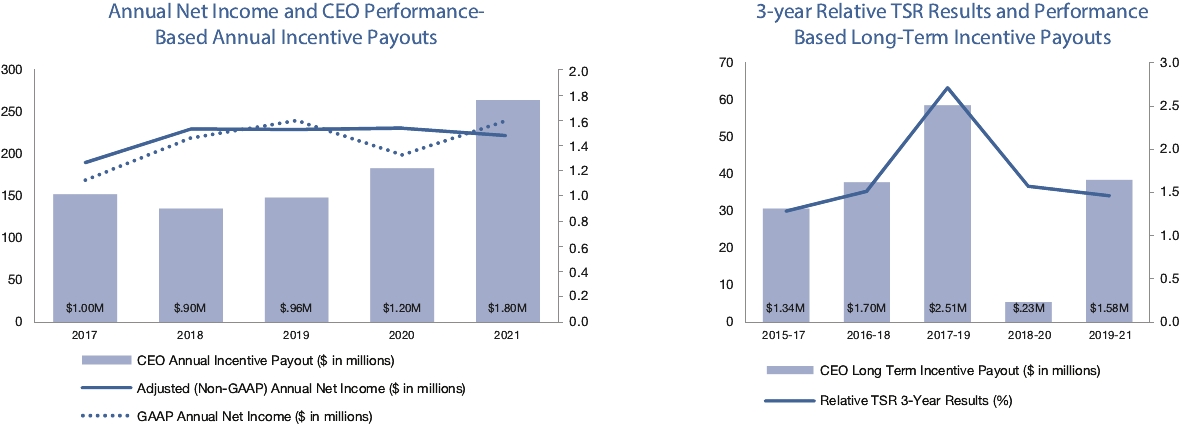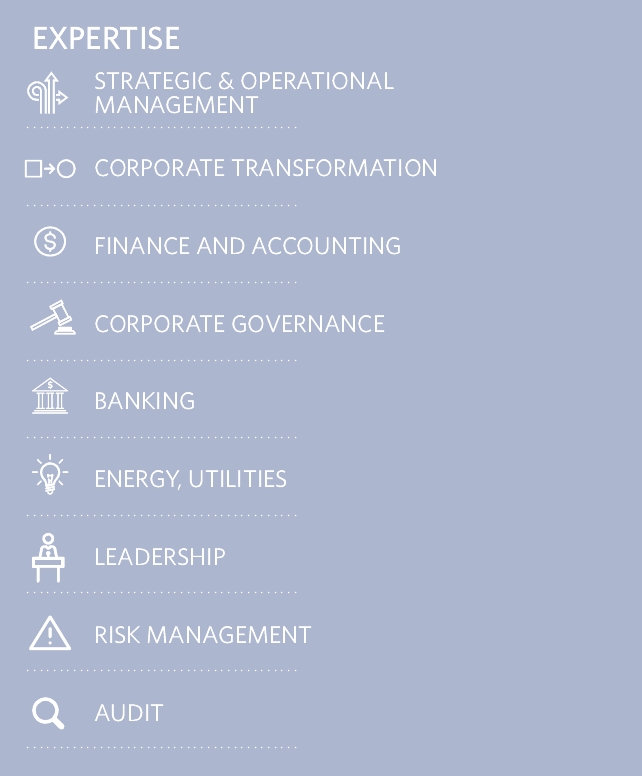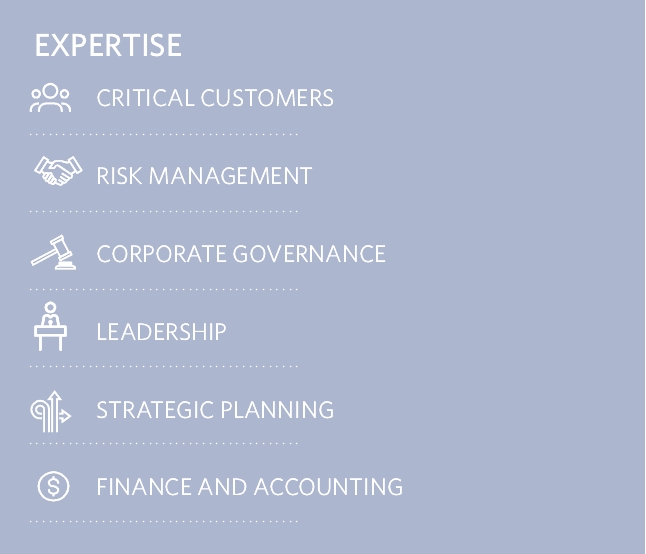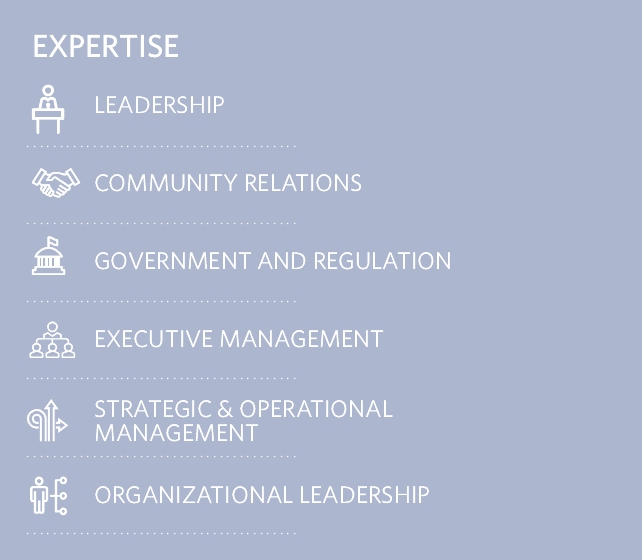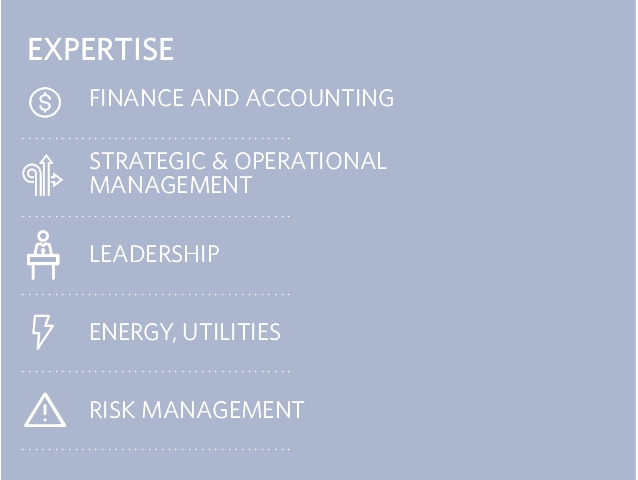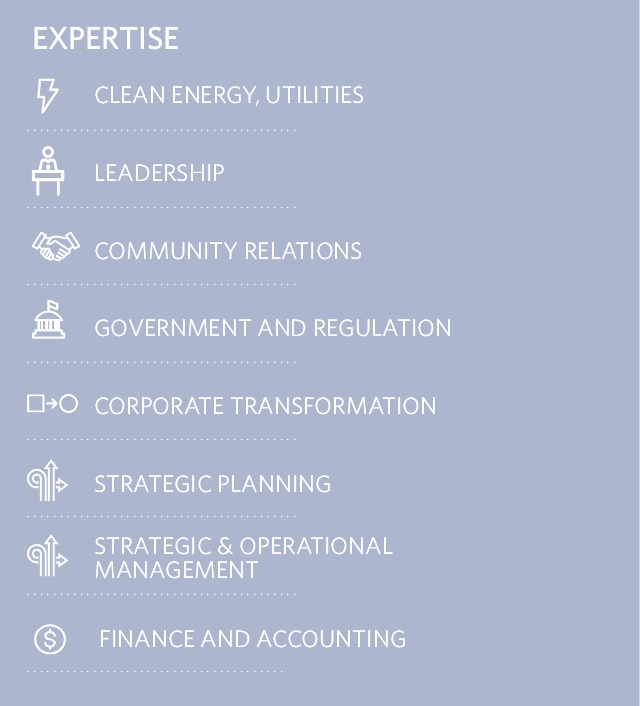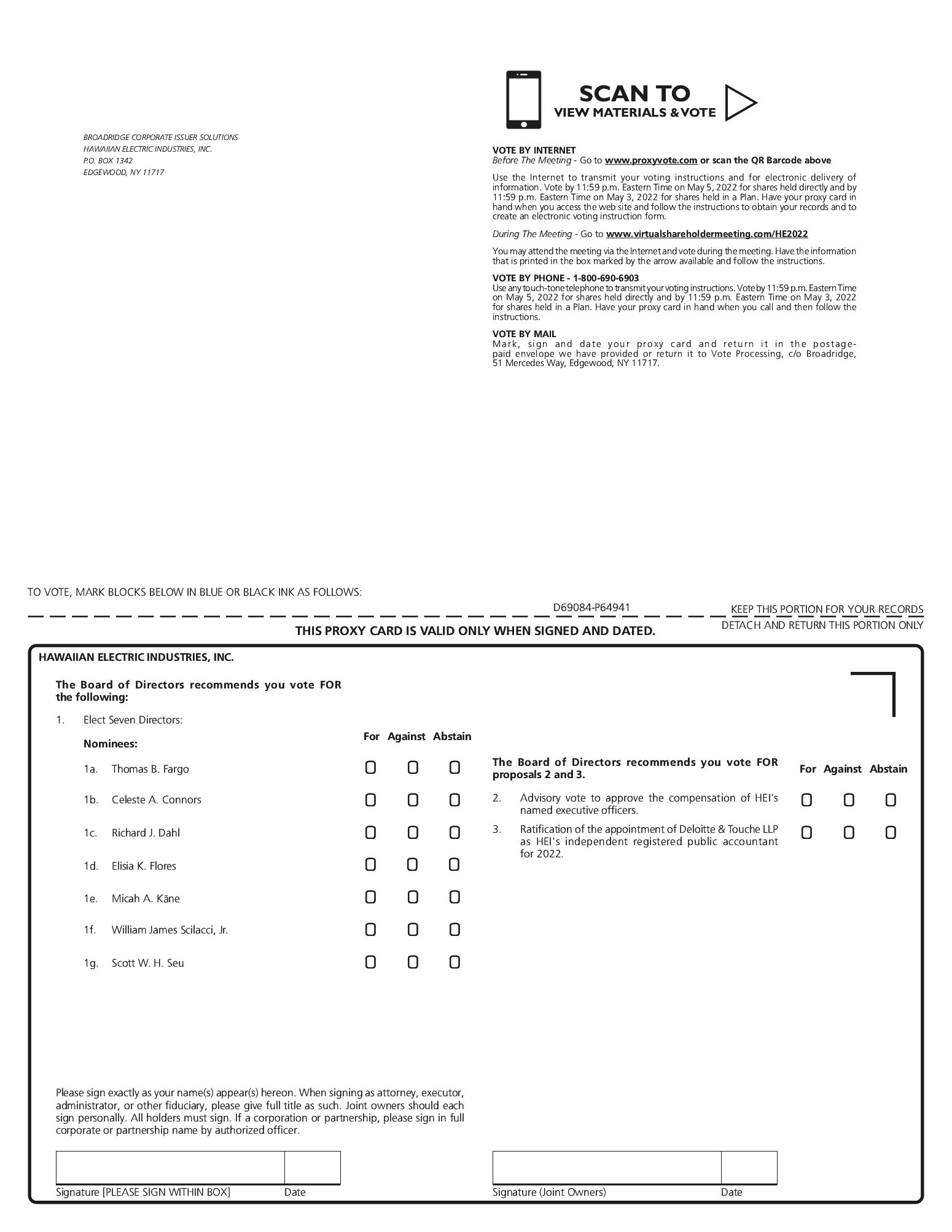Leading a Community-Wide Clean Energy Transition
With all of our operations in the middle of the Pacific Ocean, we know that our company's long-term health is inextricably linked with the strength of the economy, communities, and environment of the Hawaiian Islands. To reinforce the urgency of global efforts to slow climate change, in November Hawaiian Electric set a new goal to reduce scope 1 and 3 carbon emissions from power generation 70% by 2030 compared to 20051. In addition, Hawaiian Electric has committed to achieving or exceeding net zero carbon emissions from power generation by 20452, meaning that any remaining carbon emissions will be captured and stored or offset.
While these commitments are ambitious, they are rooted firmly in existing plans and projects that are underway or will be in the near term, and build on progress we’ve already made. In Hawai‘i we’ve been working on decarbonization for many years. Our state’s first clean energy goal was established back in 2001, with increasingly ambitious goals added since then. To achieve our goals in the right way for our island state, we must continue to work together with our communities to balance important needs such as affordability, social equity, reliability and resilience with key challenges such as limited land and competing needs for that land, including affordable housing and agriculture, and impacts on neighborhoods, protected species and ecosystems.
The new performance-based regulation (PBR) framework, which went into full effect last June, was developed with our regulators and stakeholders and is designed to promote environmental and social outcomes relating to energy affordability, reliability, customer equity, carbon emissions reduction, electrification of transportation and resilience. In doing so, PBR offers the Utility the opportunity to earn additional revenues by achieving important outcomes for our stakeholders.
In 2021, the Company continued to enhance its reporting, planning and actions related to important ESG issues. HEI released its first Task Force on Climate-related Financial Disclosures (TCFD)-aligned report and the results of its first consolidated ESG priorities assessment. As with HEI's inaugural ESG report in 2020, the 2021 report presented data aligned with Sustainability Accounting Standards Board (SASB) guidelines for HEI's utility and bank subsidiaries. We continue to enhance our reporting to give shareholders and stakeholders greater visibility and understanding of our work. For example, in our next ESG report, to be published this April, we will further detail our activities and usage across scope 1 and 2 carbon emissions for our enterprise and significant components of scope 3 emissions for the Utility.
Commitment to Diversity, Equity and Inclusion
We are committed to building a strong culture to support the long-term success and sustainability of our company and workforce by fostering a collaborative, inclusive culture. We believe diversity across the Board and workforce gives us an advantage that helps us meet our customers’ needs and achieve our goals. In 2021, we revised our Corporate Governance Guidelines to formally embed diversity considerations. And in this proxy statement we have expanded our Board diversity disclosures to provide information at the individual level in addition to in the aggregate.
Our workforce is highly diverse. As reflected in our reported 2021 Equal Employment Opportunity (EEO-1) data, at Hawaiian Electric 90% of the total workforce was racially diverse, as were approximately 85% of leaders and 67% of executives. Across ASB, in 2021 89% of all teammates were racially diverse, as were approximately 83% of leaders and 80% of executives.
Harnessing the value of our diversity for our stakeholders and shareholders requires an inclusive culture that ensures diverse perspectives inform our decisions at all levels and all functions. We are committed to enhancing our culture to bring forth this value. This takes time and effort and is essential to our success moving forward.
Board Oversight of Strategy and Risk Management
Effective management of risks and opportunities improves the sustainability, well-being and resilience of our communities, our state and our environment — and leads to sustained long-term value creation for our investors.
As a Board, we see ESG-related strategies and risks as having the same potential as other strategies and risks to impact long-term value creation. As a result, we deliberately composed our Board to ensure we have directors who have direct experience related to ESG topics, including renewable energy, climate change strategy and environmental management.
Our full Board reviews and provides input on our strategies and major risks and determines our risk appetite. This includes risks relating to safety, other human capital considerations and climate change.
In 2021, we elevated the Board’s focus on human capital management and diversity, equity and inclusion. We formalized the Board’s oversight of these areas by expanding the role of the Compensation Committee to cover these topics and renaming it the Compensation & Human Capital Management Committee.











